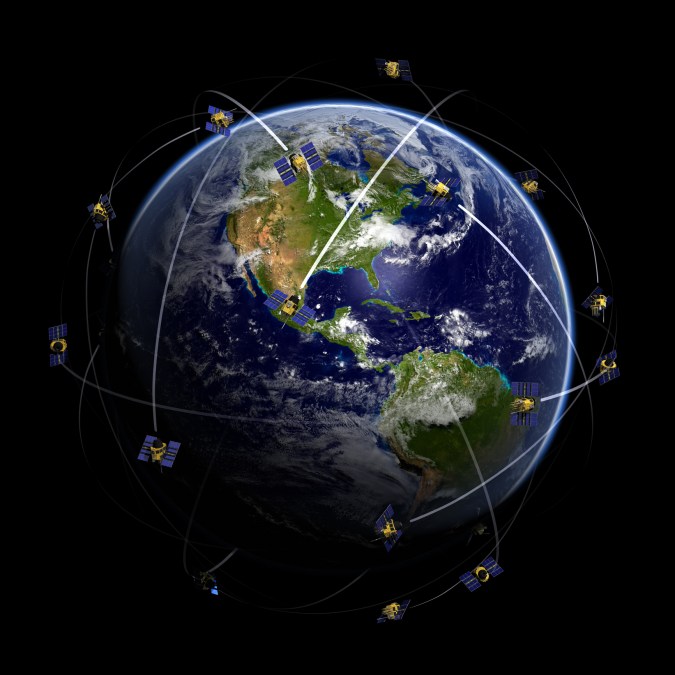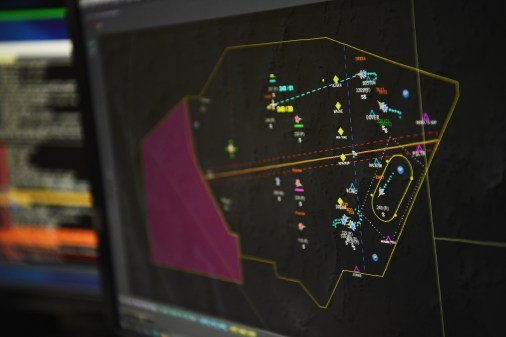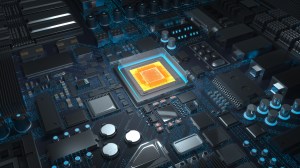Air Force Research Lab seeks new algorithms to enhance space situational awareness

The Air Force Research Laboratory is looking for new machine learning and high-performance computing capabilities that could improve the U.S. military’s situational awareness of potential threats in the space domain.
AFRL, under a Broad Agency Announcement updated on Thursday, is soliciting white papers for the effort.
The focus of the BAA is to “research, develop, demonstrate, integrate, test and deliver innovative technologies associated with tasking, collection, processing, exploitation, analysis and dissemination of data and information in support of Space Situation Awareness (SSA), characterization, and assessment of space related events.”
Additionally, “the BAA will develop techniques that provide avenues to leverage new sensor technology, High-Performance Computational SSA, expertise and applications from the ground, orbital and cyber intelligence assessment perspectives to attain an integrated, predictive SSA perspective,” according to the announcement.
More specifically, AFRL is seeking new algorithms and applications for several technical areas including automated pattern learning and reasoning; anomaly detection and characterization and assessment of space events; multi-source data exploitation, analysis and fusion for “timely, accurate and complete characterization” of space objects; and high-fidelity tools for satellite modeling, classification and vulnerability assessment, among others.
Potential use cases envisioned for astrodynamics algorithms include tracking and data association; advanced orbit estimation and prediction; observation error characterization; track initiation with all space surveillance data types; satellite identification and recognition; and data and analysis required for modeling and simulation.
The lab is also looking for “state-of-the-art algorithms and capabilities for 3D modeling and training set development for AI inference engines and ML algorithms within [deep neural network] architectures,” according to the announcement.
The BAA also notes an interest in “state-of-the-art accelerators” for a high-performance computing (HPC) system that could inform upcoming mission needs or requirements for AI, machine learning and machine inference (MI) applications; radio frequency and synthetic aperture radar applications; and an enterprise class data storage architecture or capability to support an HPC system.
“Proposed technologies should address key gaps and shortfalls as identified by AFRL and other Department of Defense technology studies including capabilities for threat awareness, the ability to gather and fuse intelligence data with current and archived intelligence information, provide intelligence analysis tools and exploit space and terrestrial environment information,” the announcement said.
Total funding for this BAA is just under $100 million. About $23.5 million is expected to be obligated in fiscal 2023.
Procurement contracts, grants, cooperative agreements or Other Transaction agreements may be awarded through a competitive process, according to the announcement. Multiple awards are anticipated.
Notably, successful prototype projects that result from an Other Transaction for Prototype agreement, could transition to a follow-on production contract or transaction.
The BAA is open until Sept. 30, 2023. However, to align with projected funding for fiscal 2023, the announcement recommends that respondents submit their white papers by Jan. 2, 2023.






